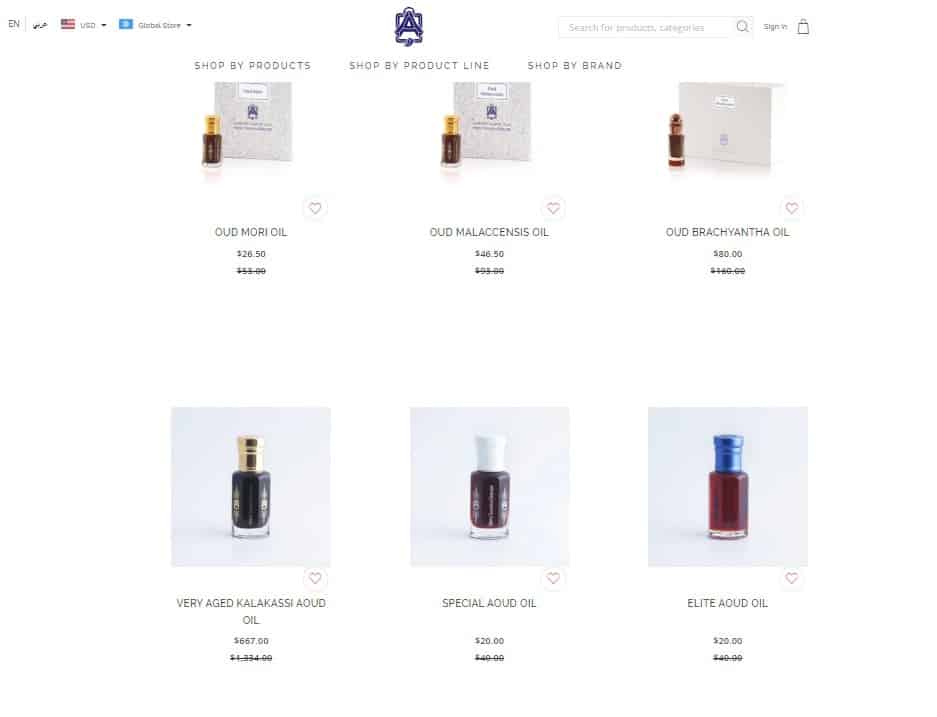Oud perfumes are very well known here in Saudi Arabia. People either burn Oud wood chips as incense or wear the oil as perfume. It has a divine sweet, woody fragrance that stays around for hours.
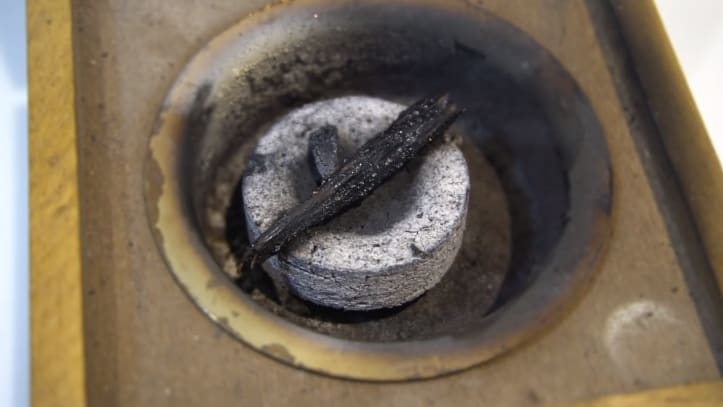
In Saudi Arabia, Oud wood is routinely burned in the home, especially when guests come around. Small pieces are put on hot coals in a special burner and the smoke from the burning wood is wafted onto the clothes and body.
The aroma is so strong that it stays for hours, even days as it becomes embedded in your hair and clothes.
Oud Oil

The fragrant Oud oil is thick and slightly gooey. It is sold in small bottles and applied to the body in very small drops using a matchstick-sized plastic stick attached to the inside of the bottle cap. It is sold in perfume shops in a ‘tola’ measurement which is about 12 grams in weight.
However, some Oud perfumes are sold as sprays, but genuine Oud it is difficult to apply in this way since it can stain the clothes especially since men wear a lot of white in Saudi Arabia. So, people always prefer to buy oils.
The Smell

You either love the smell of Oud or you hate it. Men love it more because of its strength, powerful, almost acrid woody sweet aroma.
Women prefer sweeter smells such as rose and musk. All the same, the ladies love to burn the Oud chips around the house so as to feel good and to receive guests.
Someone I once knew compared the smell of Oud to that of cow manure. I thought it was a strange comment at first. Later, I understood that the smell of some cheaper oils is sometimes acrid and somewhat harsh.
For that reason, it is better to go to the shops and try them out before you buy them.
What does Oud mean in Arabic?
In Arabic, the word ‘Oud’ literally means a small strip of wood. For example, in Morocco, the cheap wooden toothpicks used for scraping between the teeth is actually called an ‘Oud’.
It is also the name was given to the lute, a pear-shaped body musical instrument from the Middle East. The reason is that the name ‘Oud’ refers to the strips of thin wood that are used to make the body of the Oud instrument.
It is also suggested that the name may have also come from the cow horn plectrum (risha) used to play the instrument.
Oud is so named because the perfumed wood is harvested in small chips (Agarwood) from the branches and trunks of the Aquilaria trees that are grown mainly in Asia. These chips are then dried and sold to wholesalers who then supply international perfume houses and retail customers in the Arabian Gulf and in Saudi Arabia.
Oud Is Rotten Wood
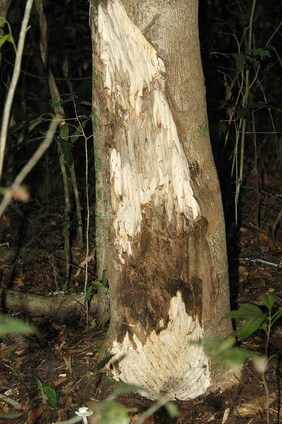
Oud is produced from rotten wood. It is hard to believe, but the wonderful aroma of Oud oil is actually a result of a natural response by the Aquilaria tree to heal itself of wounds.
When the trunk or branches of an Aquilaria tree get punctured or damaged, parasitic molds naturally enter the wood through the exposed wound first through the bark and then into the heartwood.
As the fungus starts causing problems inside the heartwood, the Aquilaria tree magically reacts to the infection by producing an ever-widening stain that contains Oud resin.
The black, brownish stained resinated heartwood is later harvested and sold as Oud wood chips (Agarwood) for burning. The Oud oil, however, is made from the white part of the heartwood.
Uses of Oud
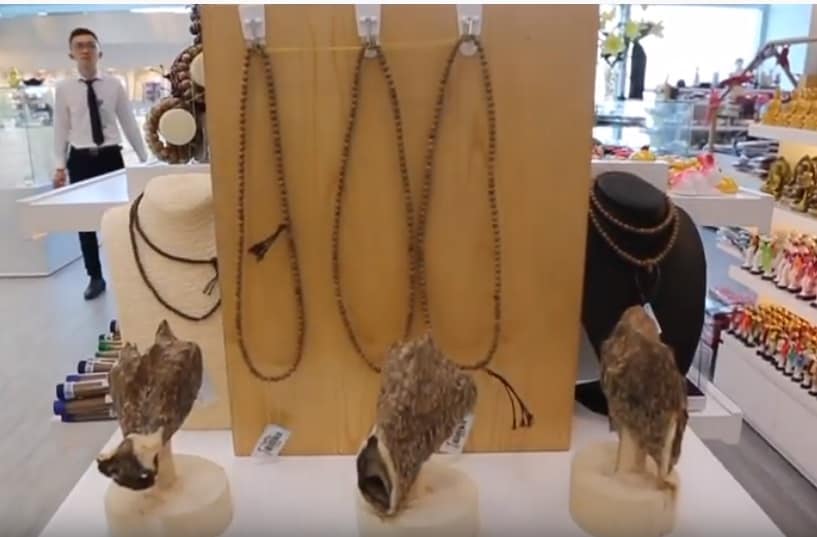
People in Asia and the Gulf have been burning Agarwood Oud chips and using the oil for centuries. However, it is also used to make other things:
- Incense
- Carvings
- Bracelets and Beads
- Fancy Boxes
- Paper
- Twine
Medicine and Cures

Agarwood is also used to make Ayurvedic medicine in India, Tibet, China, Malaysia, and Vietnam. It is also known to be used as a cure and currently being researched in antimicrobial compounds, as an antidepressant, as a cure for cancer and general health and well being.
Who Uses Oud?

Most Oud products are sold in the Middle East, China, Taiwan, and Japan. They are routinely used both in the home and for some traditional and religious ceremonies.
The warm, woody rich balsamic aroma of burnt Oud wood chips and the oil is brain numbingly beautiful and it is also considered to be curative.
In the Middle East, natural Healers use it for curing ceremonies. In Japan, burning Oud wood is used in Shinto Buddhist Temples. Pilgrims offer flowers and Agarwood. Also, there is a religious community located in the Vietnam Mekong Delta that routinely uses Agarwood in their ceremonies.
In the last few years, major perfume houses Dior, Tom Ford, Yves Saint Laurent, Estee Lauder, and others have started to use Oud essences in their mainline perfumes.
However, it is no longer possible to produce enough high quality ‘wild’ Oud oil to supply the modern mass market. To achieve that a substitute synthetic product is manufactured and sold as Oud oil, in perfumes and eau de toilette, etc.
However, they contain no Agarwood extracts at all and are inferior in every way.
Synthetic Ouds Are Not Very Good
A similar aroma of Oud can be imitated through chemical processes and profiles. However, making synthetic Ouds is very difficult and expensive.
This is because the amazing Oud fragrance is achieved naturally because of a 15 carbon chain compound called Sesquiterpenes.
Inferior chemical substitutes are used to make Oud perfumes for the mass markets. They cannot compare with the real oils. Even some lower quality oils used in branded fragrances have been cut with synthetic substitutes.
The Aquilaria or Gyrinops Tree
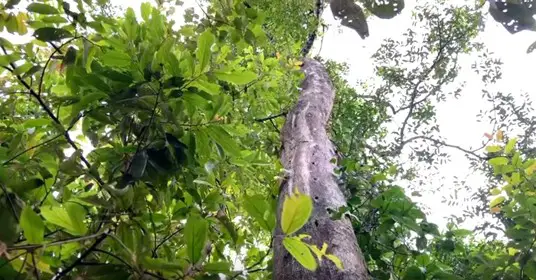
For centuries, the beautiful Aquilaria species had grown wild in the high forests of Asia in countries including India, Bangladesh, China, Malaysia, Indonesia, Papua New Guinea, Burma. Laos, Cambodia, Vietnam, and Thailand.
The Aquilaria species were native to Northern India specifically in the area of Mizoram. It also existed in the wild in Bangladesh and Burma.
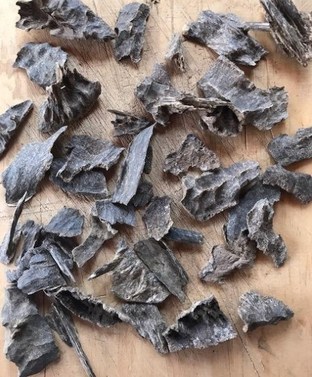
With time, the wild species spread from Assam to Bangladesh and South East Asia. In the past, the aroma produced for the wood chips of these Agarwood trees was exceptionally good.
The Aquilaria Tree Is Endangered

The most common wild species called Aquilaria Malaccensis prevalent in Malaysia and Indonesia is now close to extinction. Today, it is a critically endangered species according to the IUCN Red List.
In India ‘wild’ Aquilaria became extinct 800 years ago. In SouthEast Asia most are now endangered because of illegal over-harvesting.
Although harvests and trade of Agarwood are monitored by TRAFFIC, it is not enough. Forests containing any wild trees are still being logged and ravaged by illegal Agarwood hunters who sell the stolen wood on the insatiable black market.
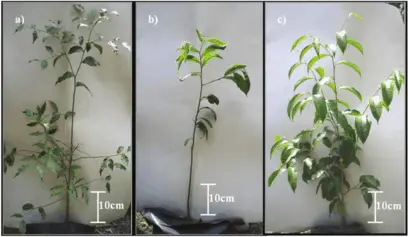
It is sad that Agarwood is almost nonexistent today. Of course, due to its high value, it has been harvested to near extinction.
Remaining Natural Aquilaria Trees

The remaining wild Aquilaria Trees that contain Agarwood are protected on forest reserves or deep in isolated forest regions of Indonesia, Papua New Guinea, Laos, and Cambodia. Here, only 1 in 100/200 trees have the capacity to produce the valuable Agarwood resin.
Conservation
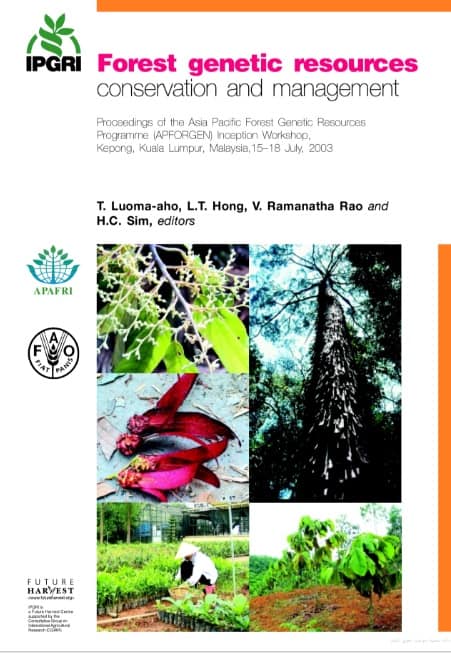
Attempts to conserve the Aquilaria are being made by encouraging homeowners to plant the trees in their personal gardens and plantations.
Agarwood Plantations
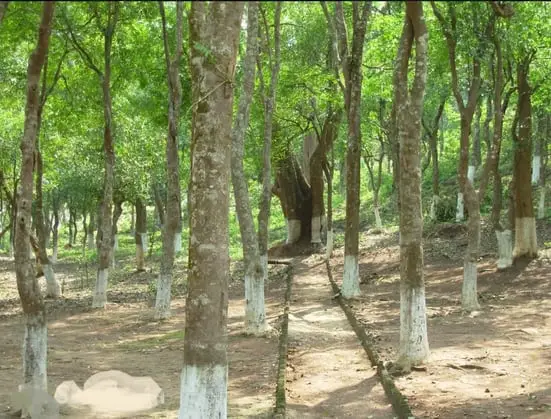
The Aquilaria tree is cultivated today on plantations. The most popular variety is the Aquilaria Malaccensis.
There are about 17 known species than can make Agarwood. However, 20 species are listed below and the country where they are grown.
| Type | Country/Region | |
| 1 | Aquilaria Achalloga | India and SouthEast Asia |
| 2 | Aquilaria Agallocha | India and SouthEast Asia |
| 3 | Aquilaria Rostrata | Malaysia |
| 4 | Aquilaria Cumingiana | Malaysia and Indonesia |
| 5 | Aquilaria Malaccensis | Malaysia/Indonesia/India/Thailand |
| 6 | Aquilaria Hilata | Malaysia and Indonesia |
| 7 | Aquilaria Microcapa | Malaysia and Indonesia |
| 8 | Aquilaria Beccarain | Indonesia |
| 9 | Aquilaria Sinensis | Malaysia and China |
| 10 | Aquilaria Brachyantha | Malaysia |
| 11 | Aquilaria Crassna | Cambodia/Malaysia/Thailand/Vietnam |
| 12 | Aquilaria Filaria | China |
| 13 | Aquilaria Grandiflora | China |
| 14 | Aquilaria Chinensis | China |
| 15 | Aquilaria Crassna | Cambodia, Laos, Vietnam |
| 16 | Aquilaria Khasiana | India |
| 17 | Aquilaria Apiculina | Philippines |
| 18 | Aquilaria Bailloni | Thailand/ Cambodia |
| 19 | Aquilaria Subintegra | Thailand |
| 20 | Aquilaria Baneonsis | Vietnam |
On plantations, Aquilaria trees are first cultivated from seeds in special nurseries. They grow best in the shade and can be transplanted more successfully after they reach a height of about 35 cm and with a stem diameter of 4.0 mm
Seedlings get stressed after being transplanted and too much sun exposure. Artificial soil fertilizer is used to help the seedlings and reduce stress it experiences. Seedling with tall thick stems has a better chance of survival after being moved.
Growing Conditions
Aquilaria trees seedlings like a variety of sandy soils. For best results, they should be planted anywhere between 500m to 1000m above sea level. The seedlings need lots of shade. It takes up to four years for them to flower and fruit.
Growing Methods
Workers on sustainable plantations do their best to imitate the natural growth process of the wild trees by trying to perfect the artificial processes of infecting (inoculating) the trees with the aim of producing the highest and best quality yields of Agarwood resin.
Infection Methods-Plantation
There a number of methods that growers use to infect the Aquilaria trees. For all techniques, the goal is to wound the tree trunks or branches and introduce a parasitic fungus into the wound either naturally or using a chemical culture.
Ideally, they want to grow trees that can start making resin if possible after two years of growth with the same aroma and chemical composition as trees that grow in the wild.
Infection Methods
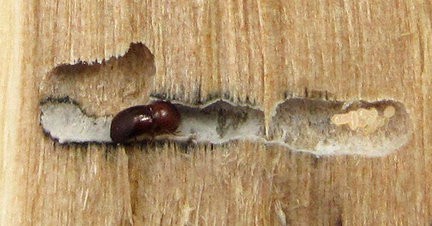
In the wild, the Ambrosia Beetle (scolytine weevil) which will bore a hole into the Aquilaria/Gyrinops tree trunk or branches. The hole later gets infected by a parasitic Ascomycetous family of fungi.
So as to control the spread of the infection (inoculation) an amazing immune response is caused in the tree. It is during that process of self immunization by the tree that the magic happens. A delightful, pungent, deep woody, the stimulating resin is slowly created in the heartwood.
The infection of the sapwood will work to create resin, but the intense fragrance is produced principally in the heartwood.
Infected Aquilaria trees grow much more slowly than healthy, unaffected trees. In time, as the resin penetrates the heartwood, it will change from a pale color to dark brown or to black and increase in its fragrance.
- Natural Wounds
The tree gets injured and infection occurs with human interference
- Nails
People in Bangladesh drive nails into the tree truck at 10 cm intervals. The resin collected is of low quality and only a small quantity of oil can be produced. Also, it takes a long time for the resin to form. Such trees have t be harvested only after 8 years.
- Drilling Holes
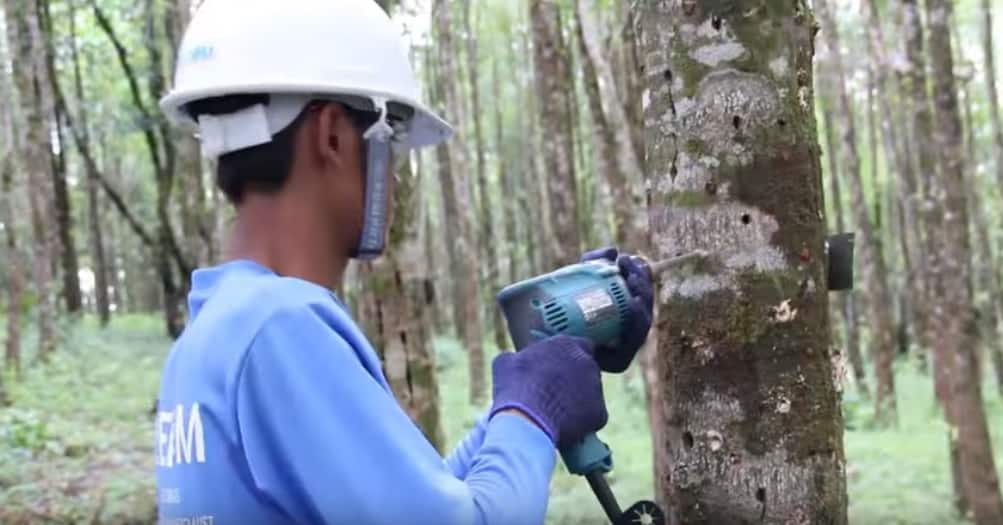
In Indonesia, the Philippines, and Cambodia growers use mechanical drills to make holes deep into the heartwood of the trees. Sometimes, they drill right through the truck out to the other side.
Then, the holes can be left exposed to the elements or else special plastic tubes are inserted in the holes. Over time and if left exposed, the holes will close and new wood is formed.
The inserted tubes can be used to deliver water, fungal cultures and as an easy way to collect resin as it forms.
However, drilling has the same disadvantages and can damage and kill the trees.
Branding Chisel Method
Similar to drilling holes with a mechanical drill, a burning hot metal drill bit is used to drill holes in the tree trunk starting .5 m above the ground all the way yo the tree trunk. Holes are set at 15-20 cm apart.
The goal is to stop microbes from entering the wounds. Holes are later sealed using sterile paraffin wax.
- Fungal Inoculation
Using a prepared fungal culture to inoculate trees is quicker and easier. Trees must first be drilled with 10cm holes at intervals of 5-7cm across the entire trunk area. Plastic pipes are then inserted for aeration and to keep the holes open.
Then the prepared fungi culture is injected into the holes via the plastic tubes using a special syringe. This starts off the infection process. Fungi used is either specially prepared or collected from another infected Agarwood tree.
It takes up to two years for the tree to start producing Agarwood.
- Chemical Innoculation
After fungal inoculation is completed, special laboratory prepared chemicals are then put into the holes to inhibit the cells healing mechanisms of the tree that naturally slow down resin production.
Chemicals used include ferrous chloride, sodium bisulfate, and NaCI and others. Using these chemicals stops holes from closing and allows more resin to be produced.
- Insect Infection
The Ambrosia Beetle and other insects can be introduced to the tree and encouraged to infect it. The method is a natural one, but very difficult to control and produce satisfactory results.
- Agar Wit Method
For deeper, more widespread infection of Aquliaria trees, scientists invented the Agar Wit method of inoculation. This involves cutting out a squared section of the bark in the trunk and spraying the unlying wood with a culture of fungus Rigidoporus Vinctus.
This is a type of fungus that rots wood and is often blamed for killing other crop types.
It works very well by quickly degrading the cellulose and lignin of plant cells. Widespread infection is achieved because of the strength of its enzymatic system.
Agarwood is produced deep in the trunk as a result of the defense response of the tree. Using Agar Wit, infection is a whole truck, unlike the nail and drilling techniques in which infection is limited to a strip in and around the holes.

For more information on this very efficient technique click here .
.
The resinated wood is called various names such as:
- Aloes
- Agaras
- Gaharu
- Jinko
- Oud,
- Oodh
Harvesting
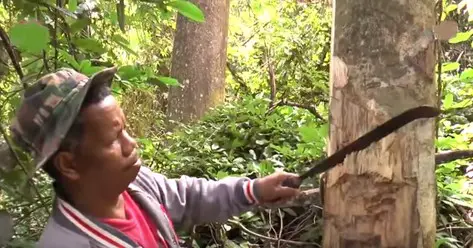
Ideally, harvesting should take place when the infected Aquilaria tree is 12 years of age. However, on a plantation, it can start as early as between four and seven years.
First, a square section of the tree bark is removed and a hatchet is used to cut out a chunk that contains the blackened resinated heartwood of the tree trunk.
Second, the black, resinated heartwood sections are stripped away from the unaffected white wood, collected and dried ready to be sold.
Unlike the beetle methods (above) on older, wild trees, methods of artificial infection on fledgling trees generally produce inferior Agarwood products. The type of wood produced is known in the trade as Fake or Faux Agar.
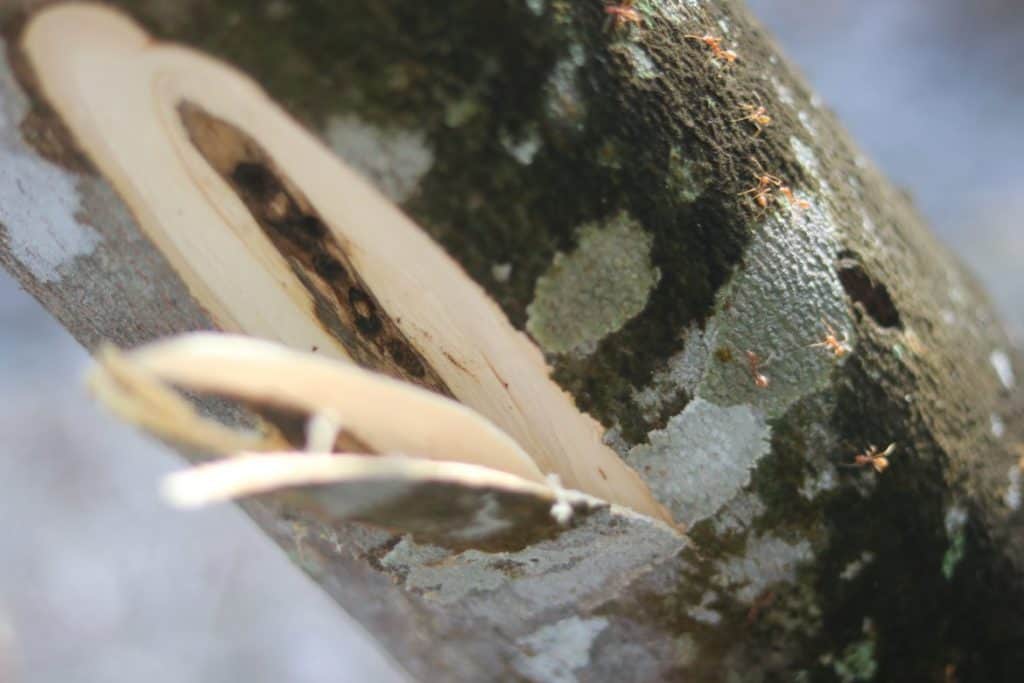
Sadly, demand still outstrips supply and the pressure is always there to cut down trees quickly. Since it takes 70 kgs of Agarwood to make the only 20ml of Oud oil in the steam distillation process, the industry is constantly looking for the most efficient ways to produce the highest quality oil in the least possible time.
Distillation to Make Oud Oil
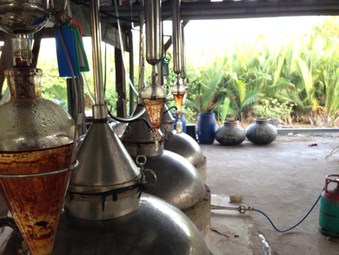
To make Oud oil, the heartwood is ground to a powder, cooked and distilled (hydro or steamed) until a pure oil is produced.
The best Oud product is made from the first ‘pull’ in the distillation process. Further batches of ‘pulls’ will produce oil, but it is generally of inferior quality.
Thereafter, the oil is filtered, left to age and sunned before it becomes available for sale to perfume house and Oud wholesalers.
Distillation Factors
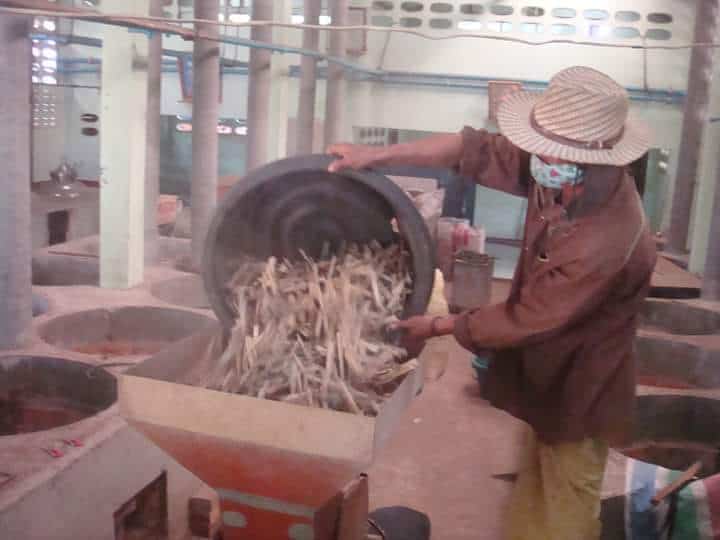
Water
The mineral combination, type, saturation levels affect the sweetness and flowery nature of the oil produced.
Materials
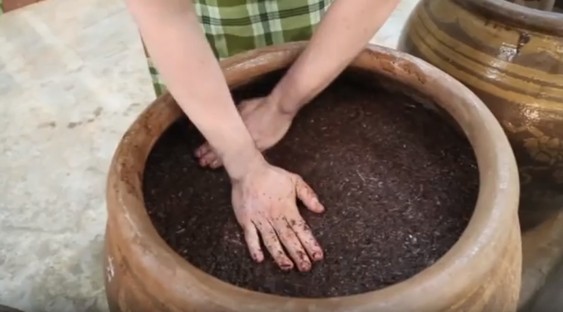
The quality of storage cooking containers, condensers, pipes, and soaking basins can greatly affect the quality of the oil produced. Using copper pipes and storage drums produce a sweet, flowery oil whereas preparation in steel produces a very different fragrance.
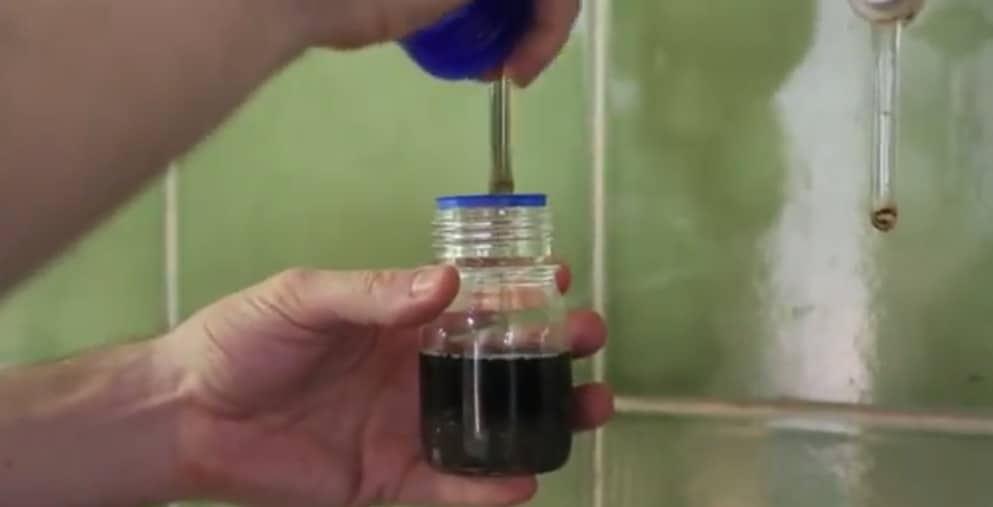
Conversely, plastic or ceramic materials can produce something quite different. The combination of materials is varied.
Oud wood and oil gets darker and improves greatly with age.
Price
The market for plantation Agarwood is over $12 billion per year and it is increasing. More than 12,000 kilograms of Oud oil is sold annually. The value of Oud oil is 1.5 times more than that of gold. For that reason, Oud oil is considered to be liquid gold.
Yields
Properly infected trees that are cared for after 7 years of age can yield 3-4 tolas of Oud oil. On the wholesale market, 1 tola of oil fetches about $350.
Earnings from yields of oil for one 7-year-old plantation tree are currently about $1000 and prices are rising.
| Number of Trees | Wholesale Price |
| 25 | $25,000 |
| 50 | $50,000 |
| 100 | $100,000 |
| 200 | $200,000 |
Thereafter, yields for each tree increase by about 10% per year or around 1 tola of extra oil every 5 years.
| Age of Tree | Average Yield | Average Market Price |
| 7 years | 3-4 tolas | $1,225 |
| 10 years | 4-5 tolas | $1,575 |
| 15 years | 5-6 tolas | $1,995 |
| 20 years | 6-7 tolas | $2,275 |
| 25 years | 7-8 tolas | $2,625 |
A liter of very high-quality Oud oil can fetch as much as between $20,000 USD and $50,000.
Determining Oud Oil Value
There are a number of factors that determine the value of an Agarwood tree.
- Source
- Species
- Region
- Inoculation Method (Natural or Artificial)
- Origin of roots, trunks, and branches
- Time Since Infection
- Harvest Methods
- Oil Processing Methods
Types of Oud Perfume
All the 17 species of Aquilaria grown in the various countries produce very different heartwood resin. Each has its own chemical composition, its own unique aroma, its own optimal inoculation and method of harvesting.
Buying Oud
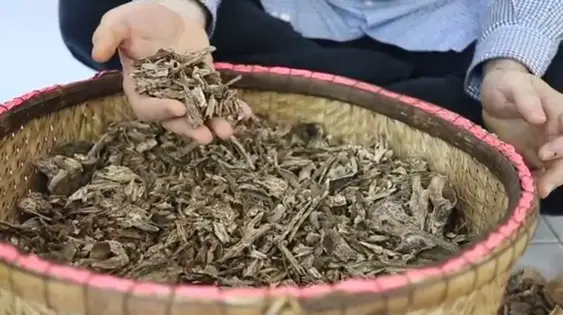
Today you can buy Oud in two ways. The first is the perfume houses general brands of sprays and colognes that today contain sweet mixtures of the scents of Oud irrespective of the purity of the ingredients.
The second is pure Oud oils. This is thick, gooey Agarwood oil which is applied directly to the body. They are the raw, unmixed and unadulterated oils extracted from the resinated heartwood of the Aquilaria tree.
Today, the most expensive and rarest types of Oud oils you can buy today are harvested from trees that were infected for about 100 years. Today, they have all but disappeared. The oils from these trees can still be bought, but they are very, very expensive.
If you want to buy a kilo of pure Agarwood woodchips for burning in the high street shops, you will pay about $10-$14,000. The pure Oud oil of the same weight will cost you up to $100,000. It is very expensive indeed. For this reason, much smaller qualities are purchased.
How to Buy Oud Oil

In Saudi Arabia, you can buy pure Oud oil in three sizes:
- Tola- 12 ml
- Half Tola 6ml
- Quarter Tola 3ml
Buying Oud oils is expensive! A Tola size can cost between 1,000SR to 10,000SR depending on the type and grade. Some can cost much more.
It is better to buy in weight, not capacity. 12ml is about equal to 12g in weight. Ask your vendor to weigh the oil before he/she pours it into the Tola sized vial.
Though it is supposed to have a 12ml capacity, it usually may only hold about 11.5ml or a little more. When buying Oud oil, every drop counts.
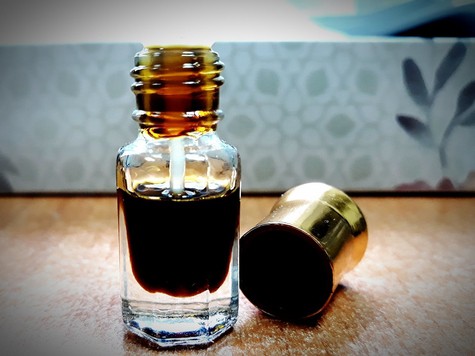
Names/Sources of Oud Oil You Can Buy
- Trat
- Cambodia
- Malaysia
- Borneo
- Thai
- Brunei
- Assam
- Meghalaya
- Haflong
- Burma
- Manipur
- Bhutan (Tuberose, Champaca, Orris, and Rose)
- Haflong
- Oud Mostafa
- Oud Khidr
- Kyara
- Sinking Grade Wood
Major Arabian Oud Sellers
- Arabian Oud
- Abdul Samad al Qurashi
- Al Haramain
